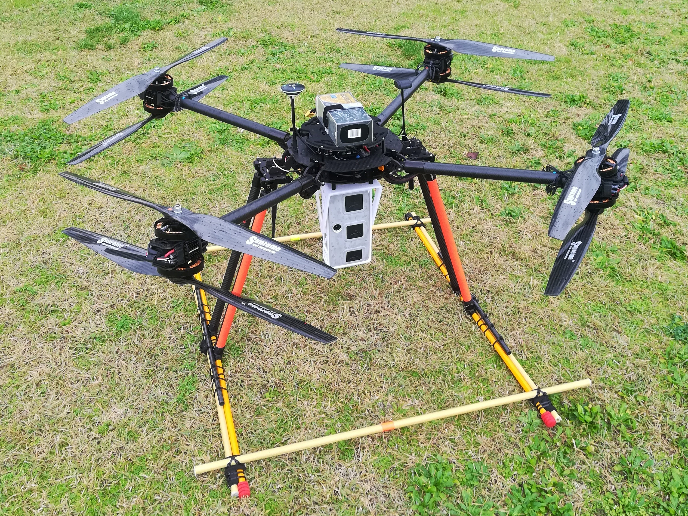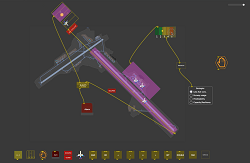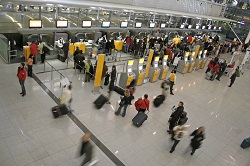Novel sensor boosts collision-avoiding capabilities of aircraft
In general aviation, the main causes of accidents stem from mid-air, near mid-air, and on-ground collisions. Sensors can play a key role in preventing accidents caused by such collisions. However, current ones on the market are expensive, making it challenging for small aircraft and helicopters to acquire them. Addressing this, the EU-funded ODESSA project, with Thales – a global high technology leader – as Topic Manager, set out to provide aeroplanes and helicopters with an affordable sensor to reduce collisions close to the ground, for example, during take-off and landing and on-ground manoeuvres. To achieve this, the project harnessed the benefits of mature automotive technology, specifically low-cost and dependable radars combined with video cameras that are mounted on vehicles for the early detection of obstacles.
Introducing ODESSA the sensor
“We have developed a prototype, ODESSA, a small-size and low-weight and power consumption sensor which can be installed on small aircraft or drones, to detect obstacles in the short range,” explains Pietro Borgh, project coordinator. It is based on the combination of radar technology, derived from advanced driver assistance systems, with advanced image processing algorithms. The radar provides target detection, and the camera improves detection reliability through object classification. “The sensor has a maximum range of 140 m with 15° of elevation and 40° of azimuth, at a speed of 50 km/h,” adds Borgh. The sensor equipment is composed of two major sub-assemblies, the control unit and the sensor unit, which are industrialised and certified according to civil aviation standards. “The conclusions of the project confirmed that the ODESSA sensor equipment could be installed on drones or light aircraft, provided that the right trade-off between performance and dimensions – size, weight, power and consumption – is granted according to the aircraft capabilities and market positioning,” notes Borgh. The project further confirmed its usefulness for vertical take-off and landing (VTOL) aircraft during all flight phases and for non-VTOL aircraft during the taxi phase, due to its 140 m range. “Indeed, ODESSA improves the capability to provide correct target identification, even when the visibility is dramatically reduced due to rain, smoke and sand, so permitting a safer VTOL flight and landing,” remarks Borgh. The sensor also acts independently from airport sensor infrastructures.
Towards safer aviation
Looking towards the future, the project’s ambition is to have the ODESSA sensor installed on all small aircraft as well as improve Terrain Awareness and Warning System or Traffic Collision Avoidance System capabilities in civil aviation platforms. Such work will contribute to the development of the Modular Surveillance System in the Clean Sky 2 Systems. Discussing the project’s next steps, Borgh says: “Interconsulting, the project’s lead coordinator, will look for potential partners interested in developing the ODESSA sensor for the light aviation, aero-taxi and drone markets. We will use our prototype to show how the sensor performs and its capabilities.” The project will also carry out a market survey to explore potential customers and develop a specific business plan for promising opportunities. Project partners – InnoSenT, CNRS and Siralab – will further focus on planning for industrialisation and certification activities. “The ODESSA sensor solution, after specific industrialisation work, has the potential to become a mandatory device, at least for drones but not limited to them, due to the expected increase in air traffic in the foreseen future,” concludes Borgh.
Keywords
ODESSA, sensor, aviation, drones, collisions, small aircraft, VTOL, helicopters, automotive technology, Clean Sky 2







